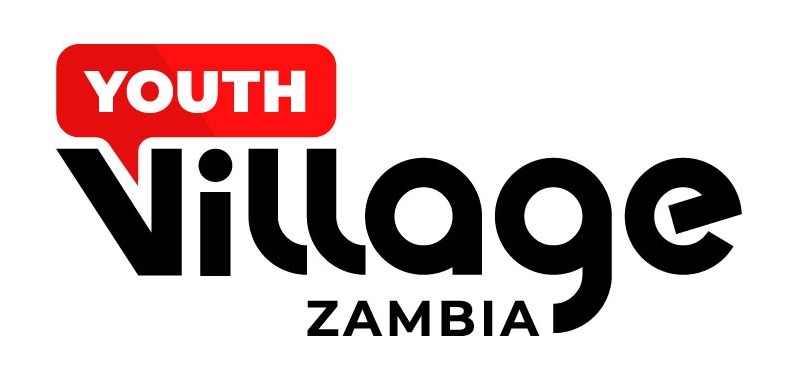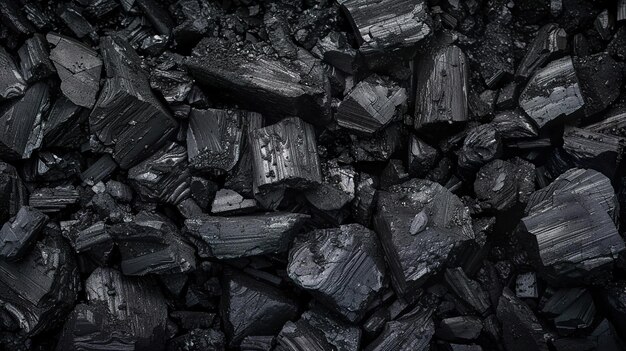Zambia is globally renowned for its rich copper deposits, being one of the largest producers of the metal in Africa. However, the country’s mineral wealth extends beyond copper, encompassing a diverse range of minerals that play significant roles in the economy and industrial sectors. Here’s a closer look at the top five minerals mined in Zambia besides copper.
1. Cobalt
Cobalt is one of Zambia’s most valuable minerals, often found in association with copper ores. The country is the second-largest producer of cobalt globally, contributing significantly to the world’s supply. Cobalt is primarily used in the production of batteries, particularly for electric vehicles, and is a crucial component in alloys for aerospace and military applications. With the growing demand for electric vehicles, Zambia’s cobalt mining sector is poised for substantial growth.
2. Zinc
Zinc mining is another vital part of Zambia’s mining sector. The country boasts significant reserves of zinc, primarily located in the North-Western Province. Zinc is used in galvanizing steel to prevent rust, making it essential for construction and manufacturing industries. With rising global demand for zinc, particularly in infrastructure development, Zambia’s zinc production is expected to expand, providing economic opportunities for the local population.
3. Lead
Lead is another important mineral mined in Zambia, often found in association with zinc. The mining of lead in Zambia occurs primarily in the same regions as zinc, notably in the Kabwe area, which is historically significant for its lead production. Lead is widely used in batteries, shielding from radiation, and as an alloying agent in various applications. Despite concerns over lead toxicity, its industrial applications ensure its continued demand.
4. Gemstones
Zambia is famous for its high-quality gemstones, particularly emeralds, which are considered among the finest in the world. The country has several emerald mines, most notably in the Kagem Emerald Mine located in the Copperbelt Province. Besides emeralds, Zambia also produces other precious and semi-precious stones, such as amethyst, aquamarine, and tourmaline. The gemstone sector not only contributes to the economy through exports but also creates jobs and supports local communities.
5. Coal
Coal mining has gained importance in Zambia, especially as the country seeks to diversify its energy sources. The main coal reserves are located in the Southern Province, particularly in the Sinazongwe area. Coal is primarily used for electricity generation and in the production of cement and other industrial processes. With the increasing demand for energy and the government’s focus on enhancing energy security, the coal sector is expected to grow in significance.
While copper remains Zambia’s flagship mineral, the country’s diverse mineral resources contribute significantly to its economy. Cobalt, zinc, lead, gemstones, and coal represent key sectors that provide economic opportunities and support local communities. As Zambia continues to develop its mining industry, these minerals will play crucial roles in the nation’s economic diversification and growth, positioning the country as a prominent player in the global mineral market.






